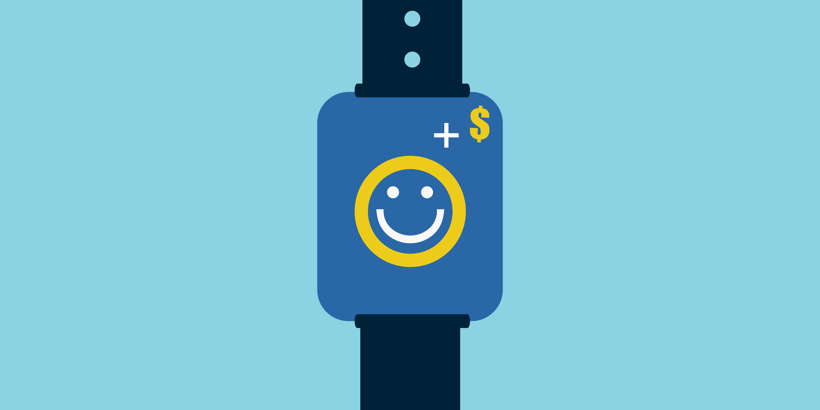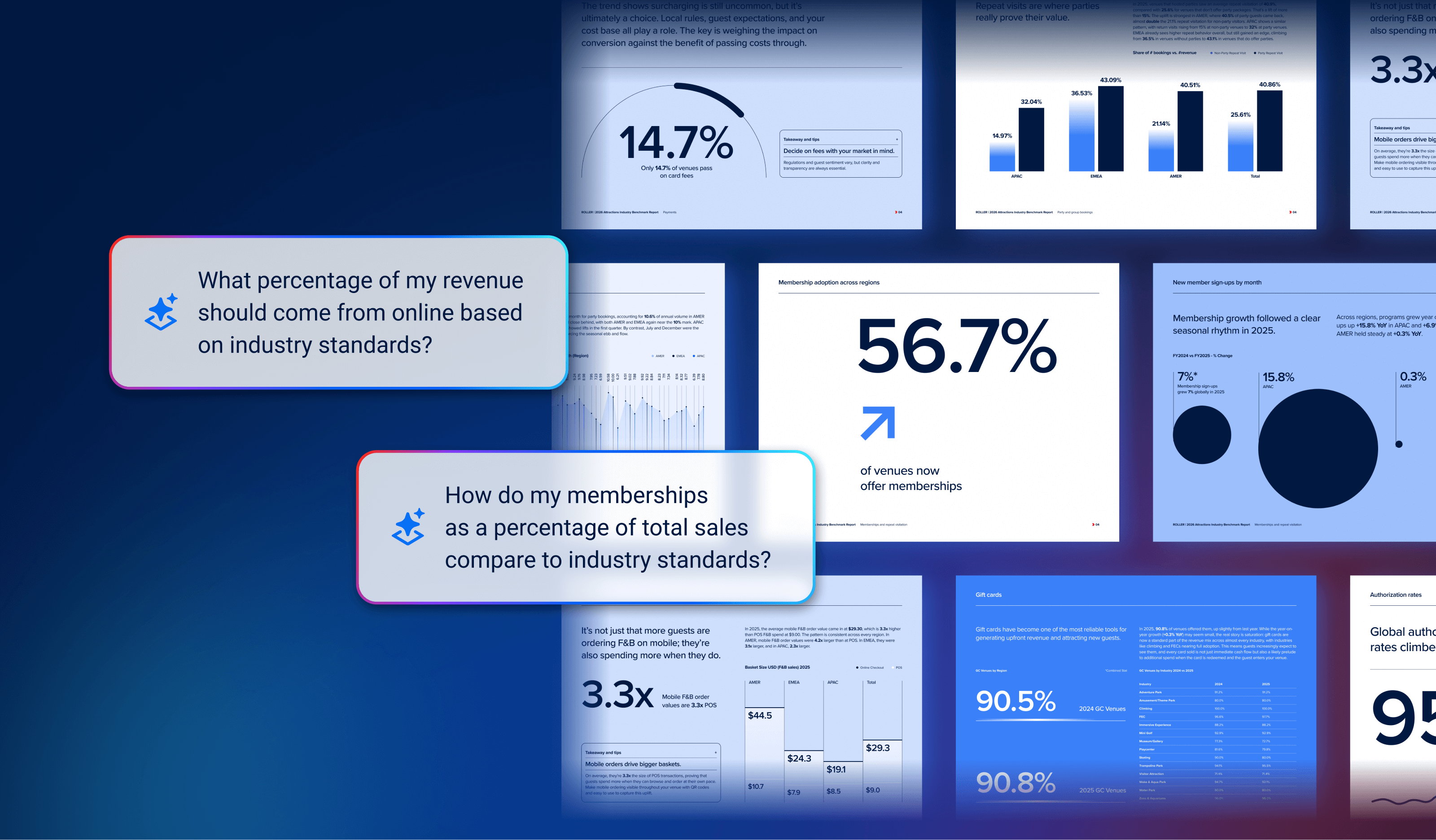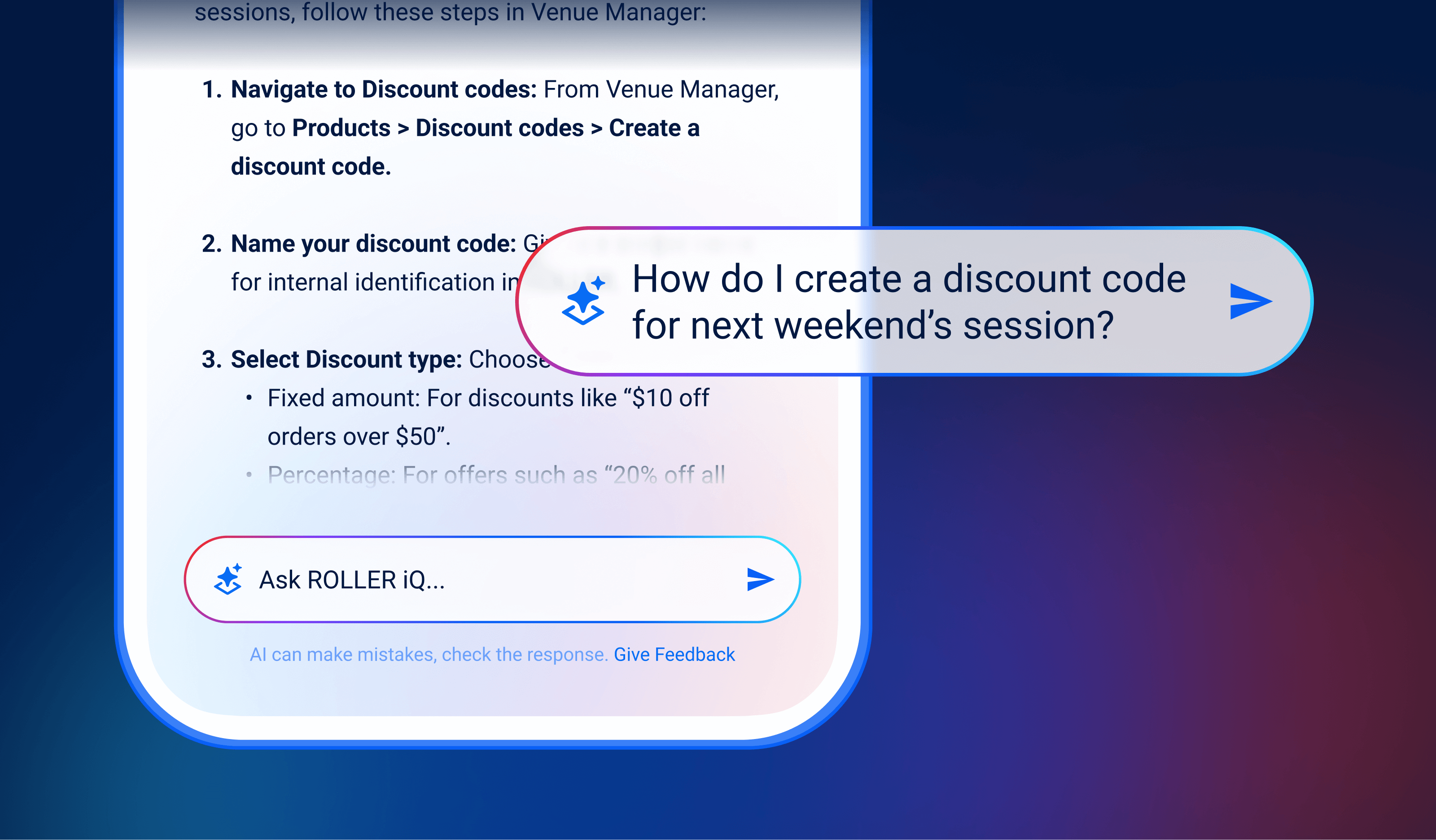Six Benefits of RFID Wristbands for your Water Park

How familiar are you with RFID technology or radio frequency identification devices? RFID technology “uses radio waves to identify people or objects. There is a device that reads the information contained in a wireless device or “tag” from a distance without making any physical contact or requiring a line of sight.”
RFID is available in multiple forms and can be used for various purposes. You may already have incorporated RFID tags into your employee uniforms for proper tracking; however, the benefits of implementing RFID into the guest experience in water parks are still in their early days.
Here are six benefits that water parks can gain by providing RFID wristbands for your guests.
Greater Efficiency
If the cashier says, “That’ll be $7.36,” and the guest hands over a $10 bill and says, “Wait, I think I have $0.36,” then proceeds to rummage through their wallet or purse, there is a 100% chance that the guest behind them is annoyed. The cascading effect of unnecessarily slowed payments lengthens queues, frustrates guests, and negatively impacts revenue. With an RFID linked to a credit card, the guest doesn’t even need to reach into their pocket to pull out their wallet. And with their park ticket also linked to their wristband, the ease of entry bolsters the first impression you make to guests arriving at the park.
More Convenience in Spending
Armed with a wristband, your guests can now carry much more on them in a digital sense while requiring much less on their person in the physical sense. When a family arrives at a water park, their goal should be to place all of their belongings in a locker upon arrival and ideally not return to that locker until it’s time to leave. If they opt for lunch or souvenirs along the way, retracing their steps back to their locker is a massive friction point. This friction diminishes the guest experience and undoubtedly results in lost revenue. With an RFID wristband that has all the same functions as their credit card, the need to return to the locker goes away.
Money is Spent More Freely
When guests link their credit card or payment method with their wristband, the feeling of spending money changes because it is less visible. Like how casinos use chips as currency instead of actual money, there is a mental separation between the guest and their cash, lowering their inhibitions and making them more inclined to purchase when they aren’t physically opening their wallets and counting their bills or swiping their cards.
Your Risk Management Team Has Less Work
How many hours does your team spend reconciling cash registers at the end of the day, and what resources do you spend to prevent theft or loss of cash? With payments tied to RFID wristbands, the volume of cash transactions drops significantly, which means there is a lower likelihood of guests paying with fraudulent bills, stolen cash (from either guests or team members), or simply money that disappears and must later be located or written off.
Gain a Stronger Understanding of Your Guests
RFID wristbands feed off of beacons strategically placed at your discretion. Wondering how many slides a guest rode over the course of their day? Curious how many laps they floated in the lazy river? Want to know how long they chilled in the wave pool? The data you can collect from your guests passively going about their day provides a massive level of intelligence. The length of stay in the park, their movement and natural guest flow, and how many times they rode each slide are information that was nearly impossible to collect.
Make Key Decisions
With this data, you can make small or significant changes to your operation geared toward revenue generation or cost savings. Identifying where guests may cluster at certain points of the day can dictate the positioning of mobile food & beverage or retail carts. Knowing when restrooms may be more and less congested helps you refine your labor budget, allowing you to pull back on custodial staff when there are fewer guests in the restrooms and increasing coverage during peak times. From a capital expenditure perspective, identifying certain slides or attractions with high degrees of repeat riders (in addition to generally observing queue times) can suggest that the next investment might be made with the same manufacturer for a similar new slide.
With increasing demands for reducing friction, increasing convenience, finding new and improved ways to increase revenue, managing loss prevention, and making the best use of data, it is no wonder that RFID wristbands are rapidly growing in popularity in the water park industry.
Related articles


Smarter Support With ROLLER iQ: Step-by-Step Help, Right When You Need It
.png)
What is an AI Business Assistant? (And How It Supports Growth for Attractions)
Enhance your guest experience
Get free education, tips and inspiration to help you run a successful venue.